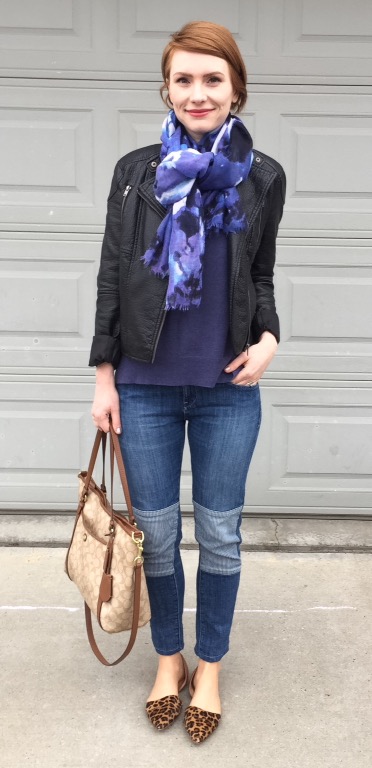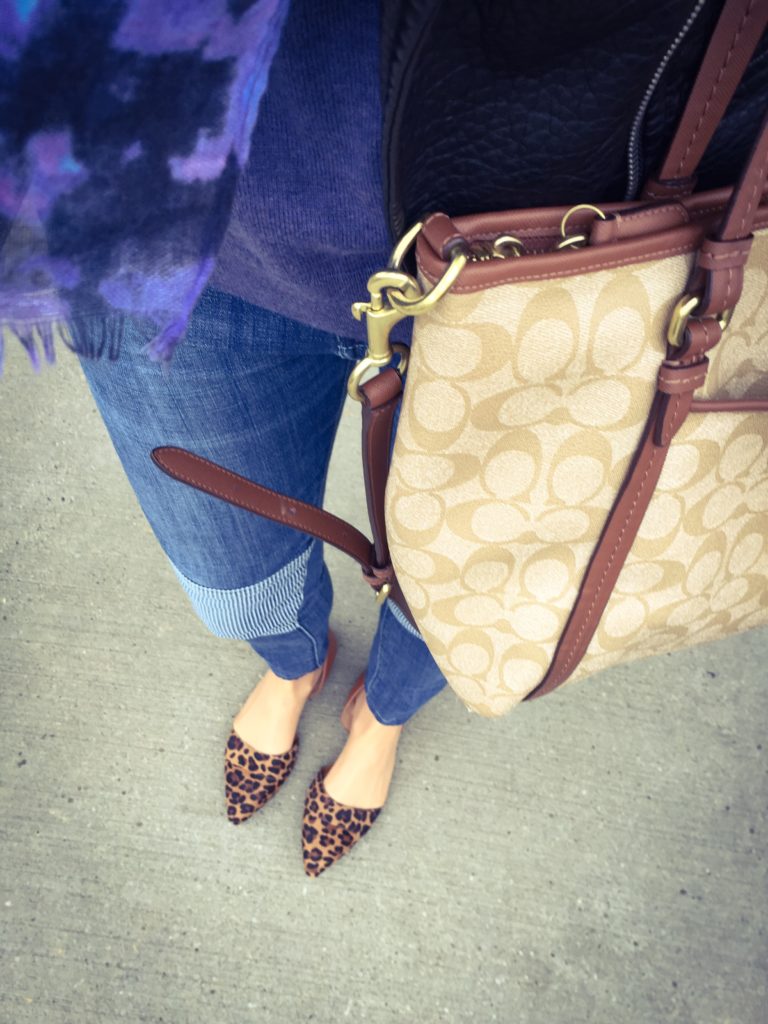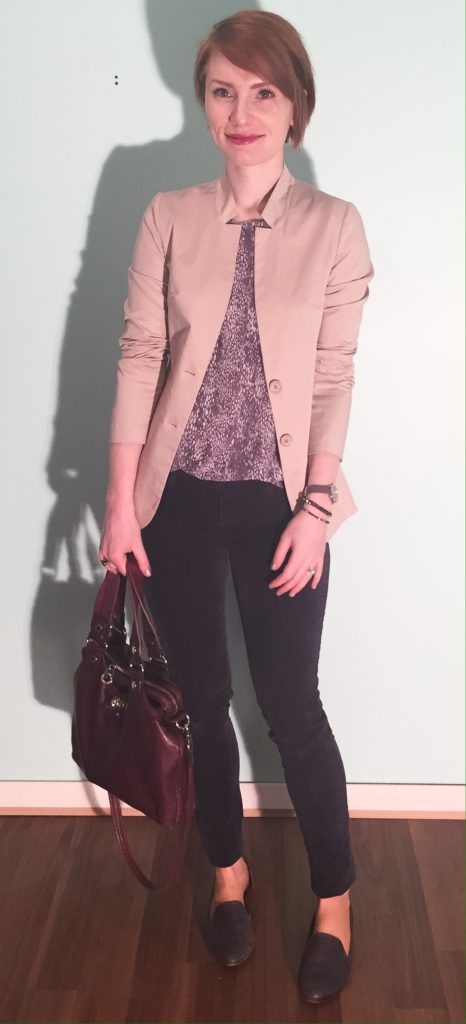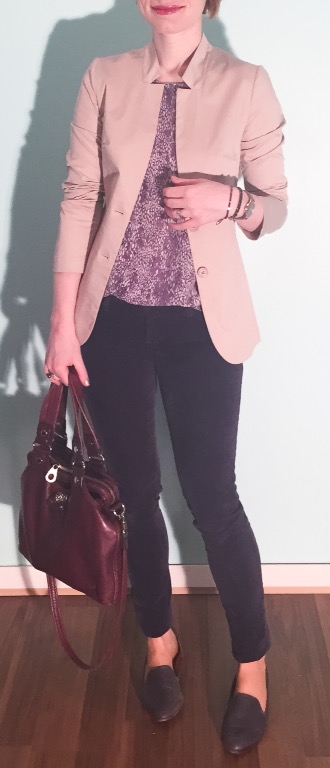We will get to the cute vicar in a minute, I promise, but let’s start with what I read because … I did read, folks. I gobbled up We Too, which is an in-depth (non-fiction) account of Victoria and Albert’s marriage. The book was recommended to me by several BCRL readers, and I can heartily endorse the recommendation. You might query the need for such a narrowly-focused biography, but if you are interested in the Victorian era, this is the best psychological portrait of its two figureheads. I’m not sure that V&A’s relationship qualifies as a “romance of the century”, but it was certainly a very successful partnership that brought satisfaction to both parties (which, based on my informal study of history, is no mean feat for a royal marriage). The book does an excellent job of showing how unlikely a result this was, given the strong personalities of both parties and the unconventional circumstances they faced. I liked that the author remained largely impartial, making neither spouse a “good guy” or a “bad guy”. My overall impression was that Albert probably had more admirable qualities, but Victoria was the more likable of the two. I will say that the more I read about her, the more fascinating a character she appears to me.
I also read One Night in Winter by Simon Sebag Montefiori, who also wrote the (non-fiction) biography of the Romanovs I wrote about a while back. This was an excellent book, but a difficult read for me. Having grown up in an ultra repressive communist regime, books about life during the Stalin years should probably be off my reading list because they simply hit too close to home. Montefiori nailed the sense of oppressive dread that permeates every facet of daily life in a communist regime where your every word could mean life and death for someone (including your own children or parents). The book is loosely based on a real story, the death of two children of high ranking Communist party members in 1945. In a way, I would call this the Soviet version of The Secret Game by Donna Tartt, except in this case the protagonists are largely not culpable for the terrible things that happen to them. I found some of the scenes in the book hard to read, especially as a mother of young children, so keep that in mind (not so much graphic violence as terrible cruelty).
Alright, alright. I teased you with a hot vicar, and here he is:
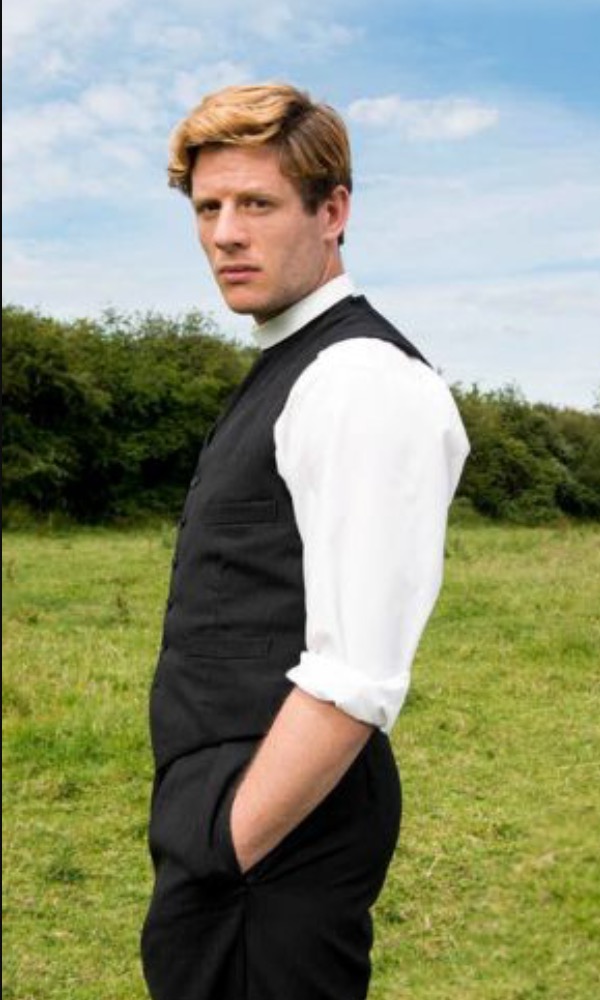
So, Grantchester. There are many things I liked about season 1, not least of them Mr. Norton, and a few things that bugged me. Let me start by saying that I totally buy Norton’s jazz-loving, gin-guzzling, weed whacking (not a euphemism), tortured gentle soul. 100%, no questions. (I have not seen Happy Valley yet, but would be interested to see how he plays a psycho.) What I did not buy, however, was the chemistry between Sidney and Amanda, or the reasons that kept them apart. For me, that was a big problem, because the show devotes a lot of time to that plot line. It bored me, much as I appreciated watching James Norton look adorably forlorn. The rest of the show and characters were very enjoyable, however. I loved Sidney’s camaraderie with Geordie, and his relationships with his housekeeper and curate. The mysteries are pretty straightforward, but I liked watching S&G piece together the answers. Overall, I liked the series a lot, but didn’t find it as compulsively watchable as Miss Fisher’s Murder Mysteries; indeed, I found myself more than once wishing that someone like Phryne would cross the vicar’s path. Alas, did not happen.
I would like to watch seasons 2 and 3, without having to pay extra for the pleasure, so I really hope that Netflix adds them to their line-up soon. Ditto for the Miss Marple mysteries. Come on, Netflix!
As always, let’s wrap up with some interesting articles. This article about a manufacturer switching the brand labels on clothing sent to a particular retailer was somewhat amusing at first, but mostly enraging on second thought. I would have expected something like this to be against the law, but apparently not. The fact that every facet of the entire clothing production-retail cycle is so obscure to consumers is beginning to bother me more and more. How can consumers make informed choices when they are being kept in the dark, or worse yet, deliberately hoodwinked? Gah.
There was an interesting discussion on Corporette this week, sparked by this article which questions the trope that motherhood is the most important job a woman can have. It got me thinking. Motherhood is not a job. It’s not even a volunteer position, because you are essentially creating the people who will later need your help. It’s a hobby. Hear me out. A job means a position where you create value (through a product or service) to someone external to yourself and get remunerated for it. Having kids does have, at a macro level, a societal value. We need new people to keep our social systems going. But at the individual level, your particular kids or mine represent a relatively small value to society. (I mean, yes, they could turn out to be the next Gandhi or Einstein, but there are no guarantees. They could just be the same as millions or billions of other people out there.) The societal value of your motherhood is compensated through things like tax benefits, tax breaks, etc. Beyond that, the primary value of motherhood is to yourself. People have kids to please themselves. It sounds almost wrong to put it like that, but it’s true. Some people value having kids, some don’t — just like some people value running or crocheting, and some don’t. Is it the most important hobby? Ideally, if it’s a hobby you’ve decided to take on, then yes. It should be the most important because it involves the well-being of small humans who are utterly dependent on you. Should it be the most important hobby to every woman in the world? Of course not. It’s not biologically necessary for every woman on earth to have kids, and at the personal level, importance is completely subjective. I understand why some women might want to stress its importance — it’s something that falls predominantly on female shoulders and women are encouraged by society to sacrifice other opportunities to take it on. They want recognition for that, and that’s fair. But I think that treating motherhood like a job just perpetuates the patriarchal status quo. I’d love to hear your thoughts.
Lastly, not an article, but I recently discovered Justine Leconte’s YouTube channel, and she is delightful.

